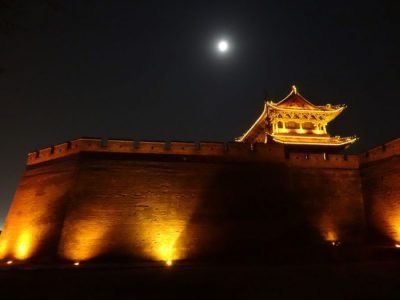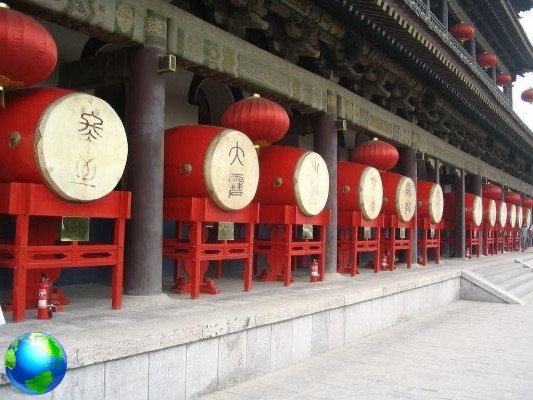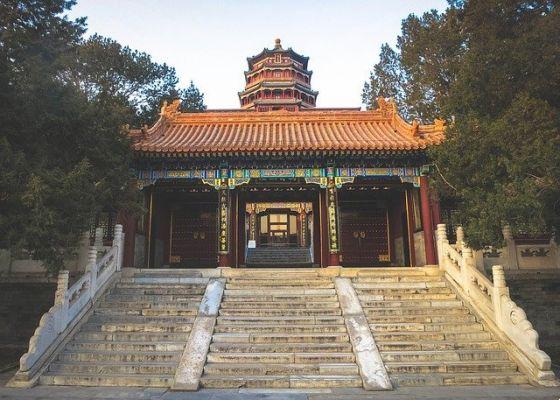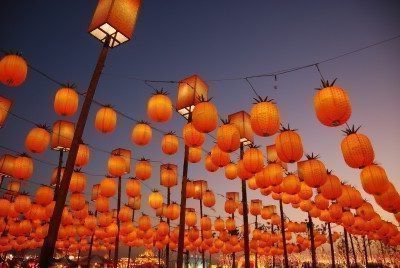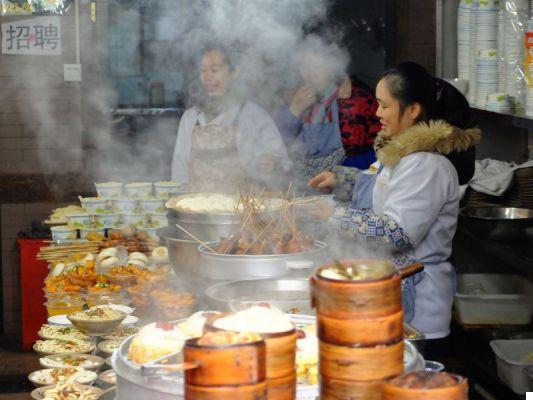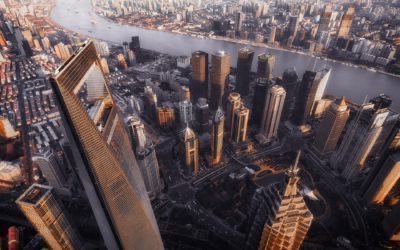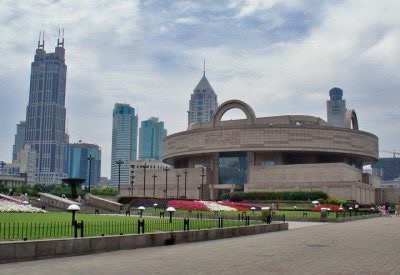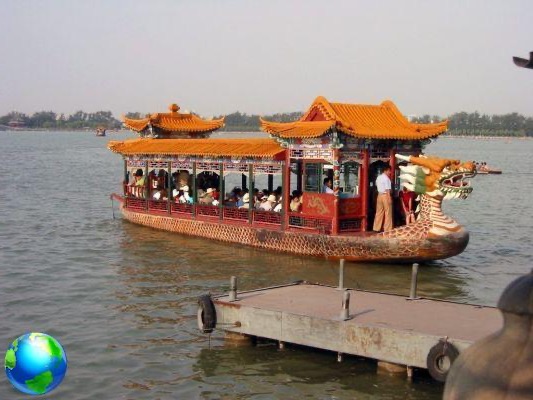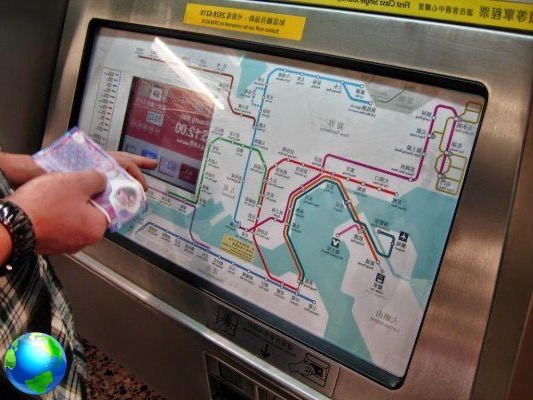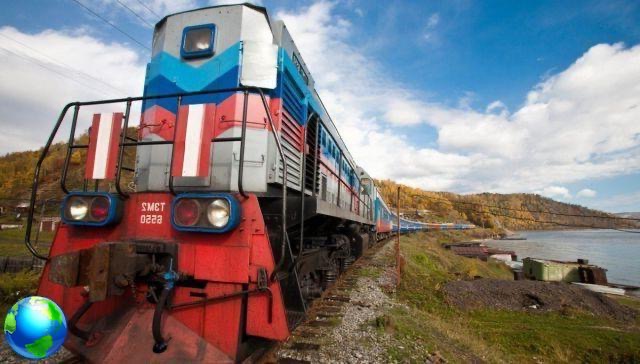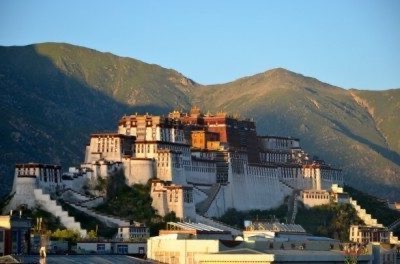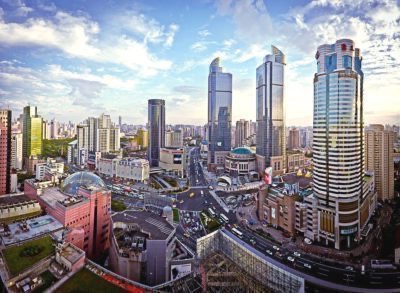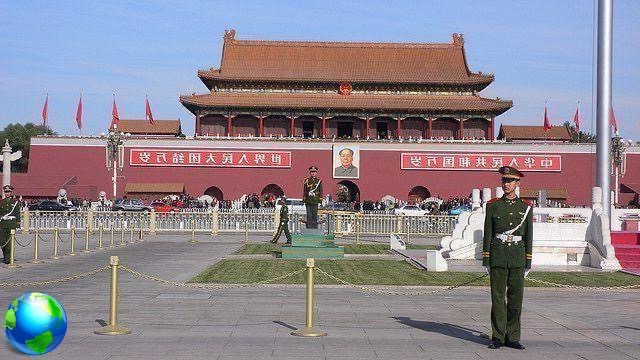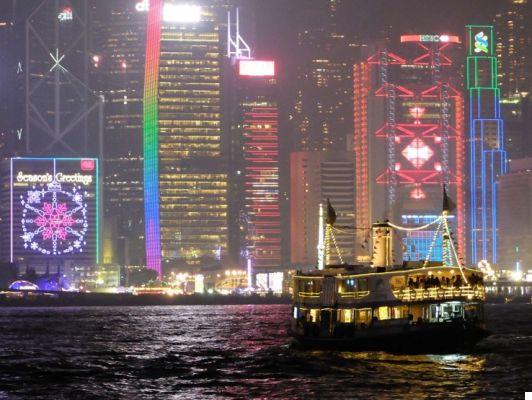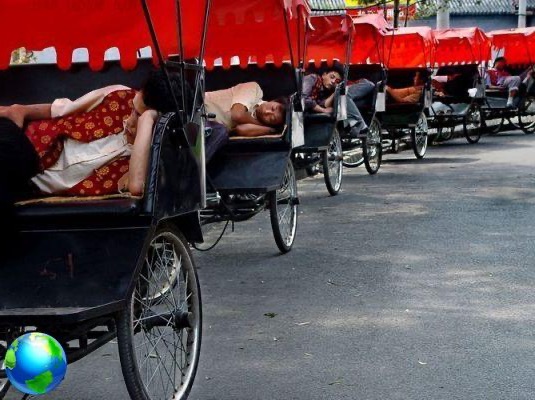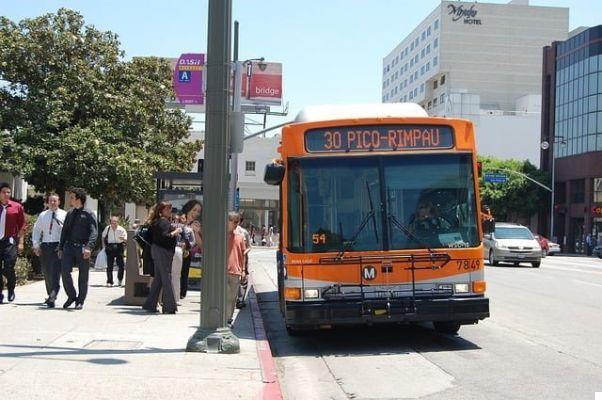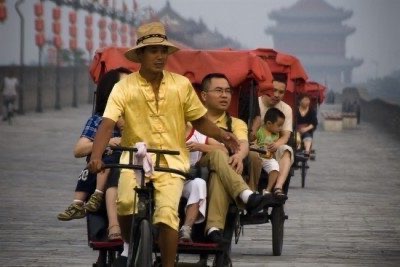
The public transport system in China it is quite efficient, but it can be difficult to understand at first glance. I leave you some advice taken from my experience in China:
Metro. In Shanghai and Beijing various metro lines run through the city in all directions. It is certainly the easiest way to avoid getting stuck in rush hour traffic, even if the carriages are often crowded. The ticket, the price of which varies according to the stations traveled, is very cheap, it costs only a few tenths of a euro. There are automatic machines at each station, where you have to select the point of departure and arrival (fortunately also in English) and enter the amount. The card obtained must also be inserted at the exit turnstile, which sucks it in without returning it. Be careful not to insert any other type of cards, otherwise you will never see them again. On the tracks, the points where to queue and those to be left free are marked on the ground. Line up well, but be prepared to fight for your seat in the carriage.
Taxi. Taxis are also a good solution for getting around cities, but at peak times it can become impossible to find a free one. Always get a sheet with the address of the hotel, restaurant or museum written in ideograms otherwise you risk never getting there. In China it is mandatory to use a taximeter, even if sometimes someone will try to be smart and offer you "ad hoc" rates to steal a few more euros. However, the cost is very low.
Rickshaw. You cannot fail to experience the thrill of a rickshaw ride. Because it is really scary to find yourself suddenly immersed in a stream of bicycles, electric scooters, tricycles and carts that carry everything and whiz through the streets flush with cars and buses. A chaos of wheels and pedals that somehow proceeds without too many problems.
Train. China is crossed by a network of efficient high-speed trains. It is an ideal means of transport, the carriages are modern and clean and allow you to see the views of the Chinese countryside at 300 km / h. The difficulty lies in getting the tickets. They cannot be booked well in advance, but you have to go to a station two or three days before, queue at least 30 minutes and hope to find more seats: the system in fact provides that the inhabitants of the city have priority. As foreigners it is not possible to buy tickets online, but you must necessarily go to the counters with your passport. If you don't master the language, things get complicated, because communicating with employees is practically impossible. We were lucky enough to have a Chinese friend who helped us in these situations, but more than once we had to change our plans because the trains were fully-booked. At this point, wait another day or change the means of transport ...
Bus. The bus is a somewhat off-limits experience for foreign tourists. If the system for booking trains is cryptic, the one for buses is even more so and does not always guarantee more seats available. But it has its own charm. In these journeys lasting at least 6-7 hours, they offer you films in Chinese based on kung-fu and superpowers, take you to lunch in unlikely roadside restaurants along the way, stop you for unexpected police checks and maybe even the obese Chinese neighbor. snoring or munching chicken legs to pass the time. Prices are about half that of trains, but times multiply.
Plane. Given the enormous distances to be covered, the plane is often the fastest way. At least in theory, because they often accumulate hours of delay. Here the booking system is simpler, Chinese companies also have websites in English from which a higher rate is applied, or rather the rate is increased for those who do not have a Chinese credit card. If you don't have any local friends you will have to pay a little more, but the prices are still acceptable. The advantage of the plane is that it allows you to organize travel in advance and avoid the exhausting queues of bus and train stations.





